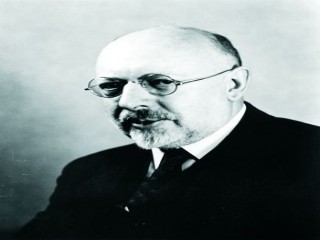
Herbert E. Ives biography
Date of birth : 1882-07-21
Date of death : 1953-11-13
Birthplace : Philadelphia, Pennsylvania, U.S.
Nationality : American
Category : Science and Technology
Last modified : 2011-10-05
Credited as : physicist, inventor, photographic half-tone process
0 votes so far
Hoping to disprove Albert Einstein's theory of relativity, he conducted two landmark experiments, in 1938 and 1940. In the first procedure, Ives and G.R. Stilwell measured the Doppler redshift, and in the later test he conducted a widely-publicized measurement of the oscillation of particles of hydrogen gas. Ironically, both experiments were widely perceived as adding further evidence for Einstein's relativity, to which Ives remained unwaveringly opposed until his death. An avid coin and medal collector, he was President of the American Numismatic Society. His father, Frederic Eugene Ives, invented the photographic half-tone process, and both father and son received the Rumford Prize from the American Academy of Arts and Sciences.
















